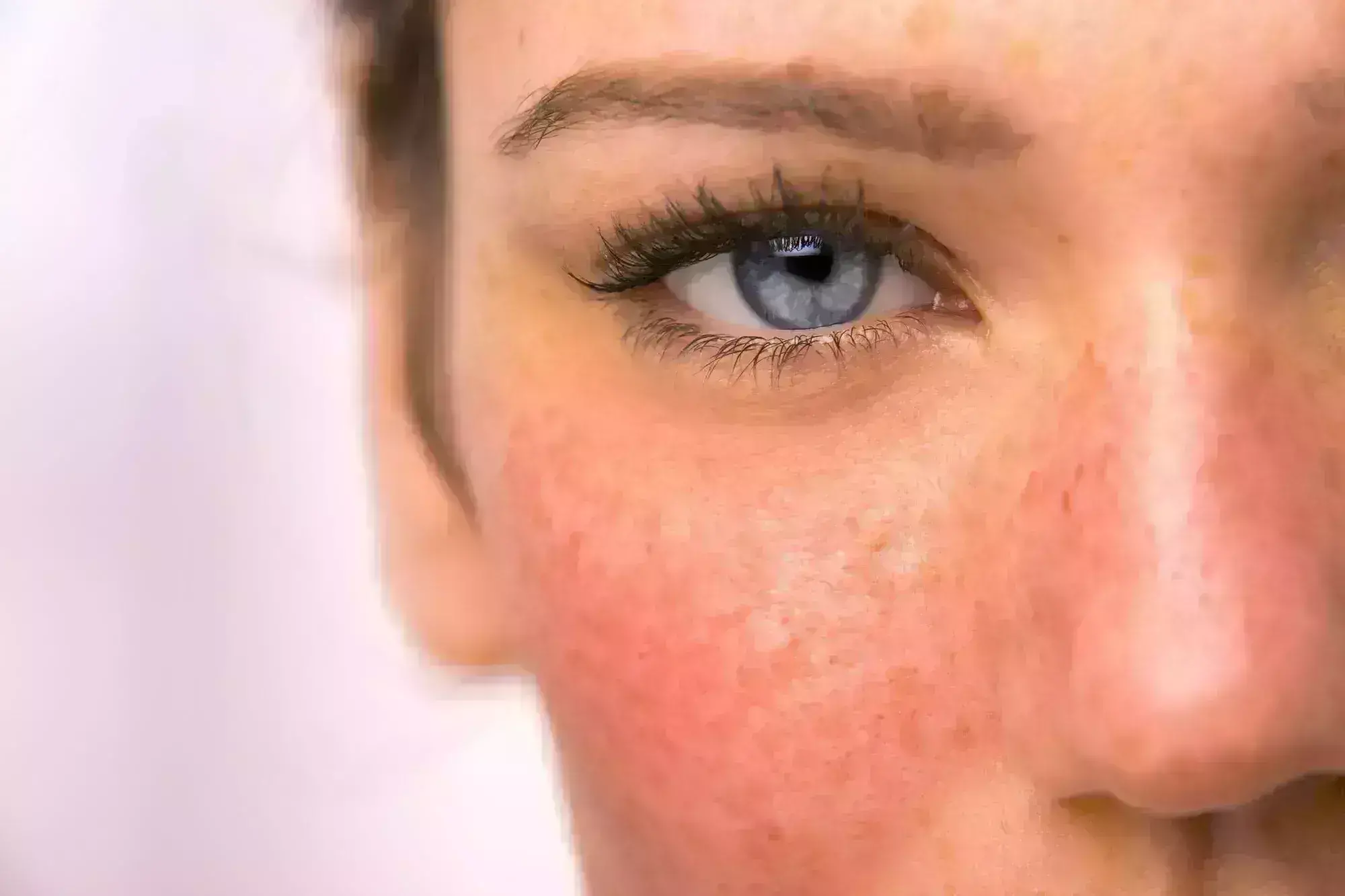- Home
- Medical news & Guidelines
- Anesthesiology
- Cardiology and CTVS
- Critical Care
- Dentistry
- Dermatology
- Diabetes and Endocrinology
- ENT
- Gastroenterology
- Medicine
- Nephrology
- Neurology
- Obstretics-Gynaecology
- Oncology
- Ophthalmology
- Orthopaedics
- Pediatrics-Neonatology
- Psychiatry
- Pulmonology
- Radiology
- Surgery
- Urology
- Laboratory Medicine
- Diet
- Nursing
- Paramedical
- Physiotherapy
- Health news
- Fact Check
- Bone Health Fact Check
- Brain Health Fact Check
- Cancer Related Fact Check
- Child Care Fact Check
- Dental and oral health fact check
- Diabetes and metabolic health fact check
- Diet and Nutrition Fact Check
- Eye and ENT Care Fact Check
- Fitness fact check
- Gut health fact check
- Heart health fact check
- Kidney health fact check
- Medical education fact check
- Men's health fact check
- Respiratory fact check
- Skin and hair care fact check
- Vaccine and Immunization fact check
- Women's health fact check
- AYUSH
- State News
- Andaman and Nicobar Islands
- Andhra Pradesh
- Arunachal Pradesh
- Assam
- Bihar
- Chandigarh
- Chattisgarh
- Dadra and Nagar Haveli
- Daman and Diu
- Delhi
- Goa
- Gujarat
- Haryana
- Himachal Pradesh
- Jammu & Kashmir
- Jharkhand
- Karnataka
- Kerala
- Ladakh
- Lakshadweep
- Madhya Pradesh
- Maharashtra
- Manipur
- Meghalaya
- Mizoram
- Nagaland
- Odisha
- Puducherry
- Punjab
- Rajasthan
- Sikkim
- Tamil Nadu
- Telangana
- Tripura
- Uttar Pradesh
- Uttrakhand
- West Bengal
- Medical Education
- Industry
Treatment with Narrow-Band Intense Pulsed Light Improves Rosacea

Rosacea, a skin condition marked by facial redness and visible blood vessels, has long been a challenge to handle. While various laser and light-based treatments have shown promise, the specific impact of narrow-band intense pulsed light had not been extensively explored until now. So, Hualing Shi and team carried this restrospective analysis.
This study published in the Journal of Drugs in Dermatology found the efficacy of narrow-band intense pulsed light (500-600 nm) in successfully treating erythematotelangiectatic rosacea among the Chinese population.
The study included 45 Chinese individuals with erythematotelangiectatic rosacea. These participants underwent three sessions of narrow-band intense pulsed light treatment between July 2016 and December 2018. Clinical improvements were meticulously evaluated using the clinician erythema assessment scale and a 5-grade scale.
After three treatment sessions, the study found an impressive effectiveness rate of 68.9%, with 35.6% of patients achieving an excellent outcome. Those who experienced significant clearance of erythema and telangiectasia required only an average of two sessions. Also, aside from transient erythema and edema, no severe adverse effects were noted.
This research marks a significant step in rosacea treatment. Narrow-band intense pulsed light emerges as not only a safe but also an effective therapy for erythematotelangiectatic rosacea. The findings suggest that even a limited number of treatment sessions can yield substantial therapeutic effects, potentially revolutionizing clinical practices in managing this challenging skin condition.
As narrow-band intense pulsed light showcases its potential in treating rosacea, the outcomes open a new avenue for dermatological practices. The ability to achieve notable findings with a reduced number of sessions could enhance patient experience and adherence to treatment regimens, signaling a positive shift in rosacea management.
Reference:
Shi, H., Zhang, E., Zhang, M., & Lin, T. (2023). Narrow-Band Intense Pulsed Light as Treatment for Erythematotelangiectatic Rosacea: A Retrospective Study. In Journal of Drugs in Dermatology (Vol. 22, Issue 11, pp. 1095–1098). SanovaWorks. https://doi.org/10.36849/jdd.4920
Neuroscience Masters graduate
Jacinthlyn Sylvia, a Neuroscience Master's graduate from Chennai has worked extensively in deciphering the neurobiology of cognition and motor control in aging. She also has spread-out exposure to Neurosurgery from her Bachelor’s. She is currently involved in active Neuro-Oncology research. She is an upcoming neuroscientist with a fiery passion for writing. Her news cover at Medical Dialogues feature recent discoveries and updates from the healthcare and biomedical research fields. She can be reached at editorial@medicaldialogues.in
Dr Kamal Kant Kohli-MBBS, DTCD- a chest specialist with more than 30 years of practice and a flair for writing clinical articles, Dr Kamal Kant Kohli joined Medical Dialogues as a Chief Editor of Medical News. Besides writing articles, as an editor, he proofreads and verifies all the medical content published on Medical Dialogues including those coming from journals, studies,medical conferences,guidelines etc. Email: drkohli@medicaldialogues.in. Contact no. 011-43720751


